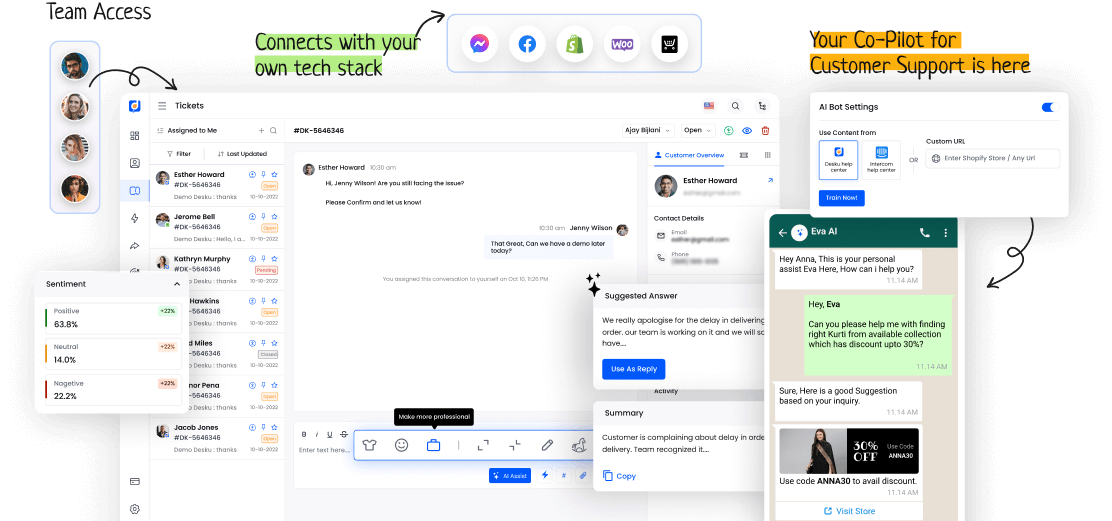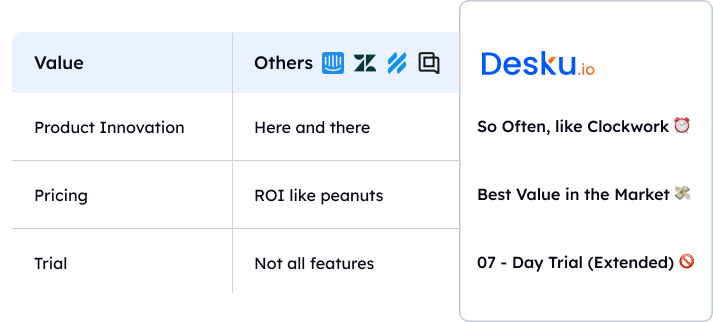Dynamic content shapes modern digital experiences. Yet, its details often puzzle. To understand it, we must grasp how it changes and grows.
Dynamic content has a deep effect on user engagement. It changes how people engage with websites and online platforms. When we explore dynamic content, we see its power to reshape digital spaces and craft engaging user paths.
I. Understanding Dynamic Content
Dynamic content is website parts that change. These changes rely on user actions or different factors. This boosts user involvement and experience. It includes personalizing content. Here, the information suits each user.
It also includes updates in real-time. These updates keep the website up-to-date and important. Using dynamic content helps websites offer a more personal and active experience. This can boost user happiness and involvement.
II. Benefits of Using Dynamic Content
Dynamic content on websites boosts user engagement and improves the user experience. Personalization is key to making users feel valued, as it increases interaction. Tailoring content to each visitor makes them likely to stay longer and more likely to return.
This engagement boost can make conversion rates and customer satisfaction higher.
III. Applications and Examples of Dynamic Content
Dynamic content boosts user engagement and website performance. It shows in different examples and applications.
Personalized recommendations give users content fitting their likes. This leads to more interaction and satisfaction.
Websites with dynamic elements like quizzes, polls, and chats keep visitors interested. They keep coming back, making the user experience lively.











